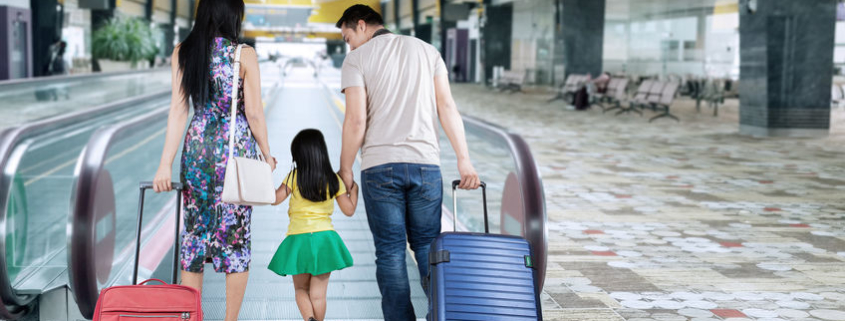Diabetic Travel Tips
You don’t have to give up your life just because you have diabetes. In fact, you can hop on a plane, take a cruise, or get in an RV and head out to your favorite vacation destination. Your NOAH Care Team is here to offer a few strategies to help you stay healthy and keep your glucose levels within range. The secret to a successful trip is to get organized and plan far in advance.
Over-pack your medication and supplies
Planning a full-week long vacation? Then pack two weeks’ worth of your diabetes medications. You never know if there will be travel delays or misplaced supplies. Don’t forget these ‘must have’ extras:
- Insulin
- Syringes
- Testing strips
- Extra batteries for your pump
- First-aid kit
- Glucagon emergency kit
Protect your supplies
Keep all medications and supplies close to you. Don’t put them in your checked luggage or where they can be exposed to extreme temperatures (too hot or cold). If you are flying, keep them in their original packaging in a separate bag from your toiletry items.
Identify yourself
Always wear your medical bracelet or necklace that identifies you as a diabetic and notes you take insulin (if you do). It’s a good idea to bring a doctor’s note that explains you have diabetes and lists out your medications (your NOAH Care Team can help with this). Also, keep a health card in your wallet that includes your emergency contact and doctor’s name and phone number. If you are going out of the country and another language is primarily spoken, it’s a good idea to look up the translation for the following:
- “I have diabetes”
- “Sugar”
- “Orange juice”
- “Please”
Carry snacks
Hypoglycemia (or low blood sugar) can strike at any time. You may not be able to access food during travel at the drop of a hat. Be sure to bring plenty of snacks such as:
- Peanut butter
- Granola
- Crackers
- Trail mix
- Glucose tablets
Simplify the airport
Visit www.tsa.gov before your trip to learn about current screening policies. When you arrive at the airport, don’t be afraid to tell the TSA agents that you have diabetes if you think you may need extra help or support. If you plan on injecting insulin while on the plane in the air, keep in mind, the pressurized air can make it more challenging to draw up your insulin when using a vial and syringe. Just be careful not to inject air into the bottle.
Test often
Increased activity, new foods, different time zones, and a change in your sleeping patterns can throw your glucose levels out of whack. Testing frequently, including before and after meals is important. If you take insulin, plan to adjust your schedule for injecting. Before your trip, visit your NOAH Care Team and let them know you’ll be traveling so they can help you devise a plan of care you can follow during your vacation.
Take care of your feet
Wearing comfortable shoes and socks is a must! Check your feet frequently, especially after a hike or a long walk. If you notice your feet and ankles are swelling (common during flights), wear a pair of light knee-high compression stockings. You can loosen your shoes or take them off for a while. Pointing, then flexing your toes, may help improve blood flow in your calf muscles and decrease swelling.
Health emergency preparation
If you need medical treatment, when booking your stay, ask your hotel to recommend a local doctor who treats diabetes. If traveling overseas, you may research a list of local English-speaking doctors through the International Association for Medical Assistance to Travelers.
Schedule an appointment with your NOAH provider to work with you and your family to choose the best path for overall health and wellness. For more information go to: www.diabeteseducator.org.









